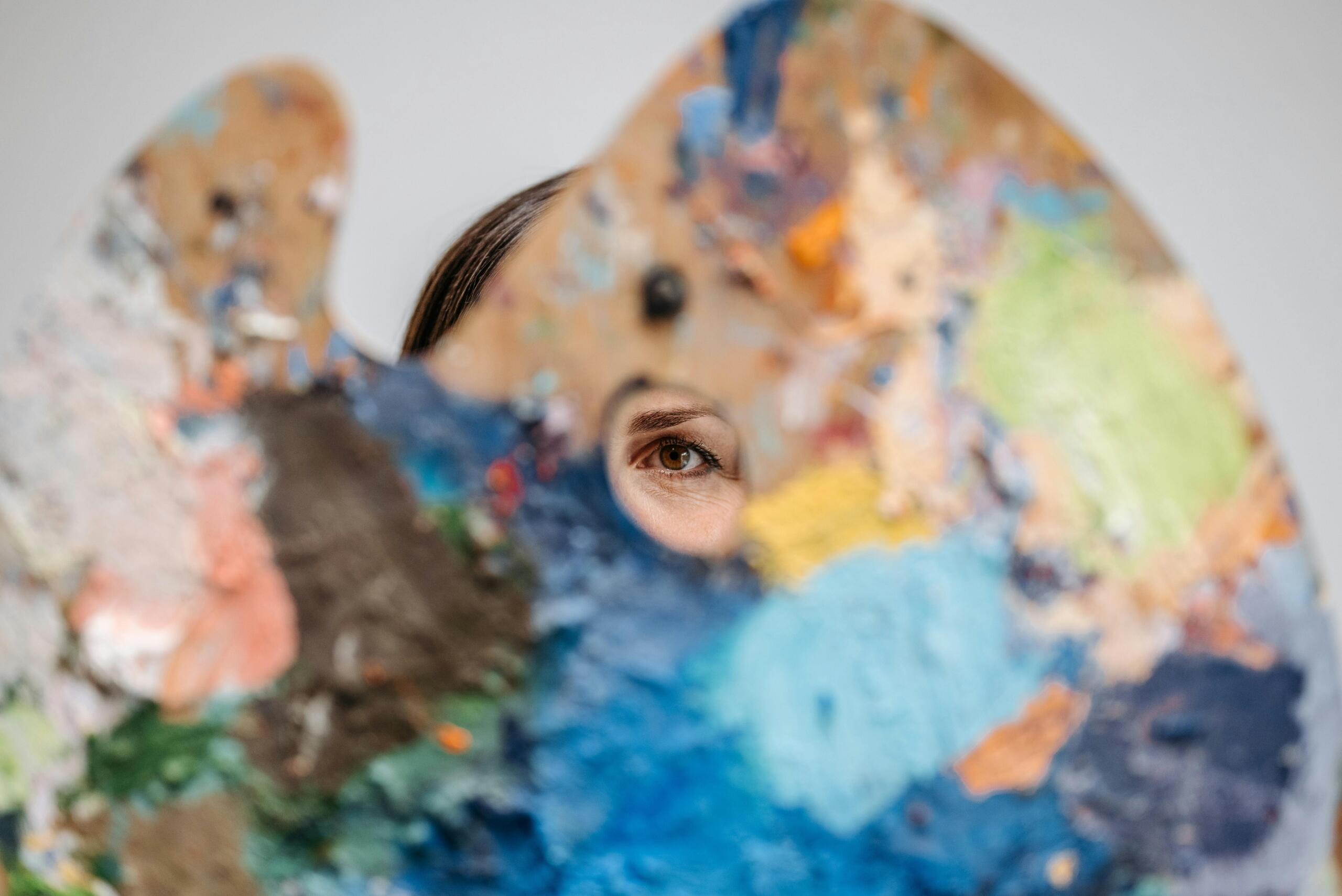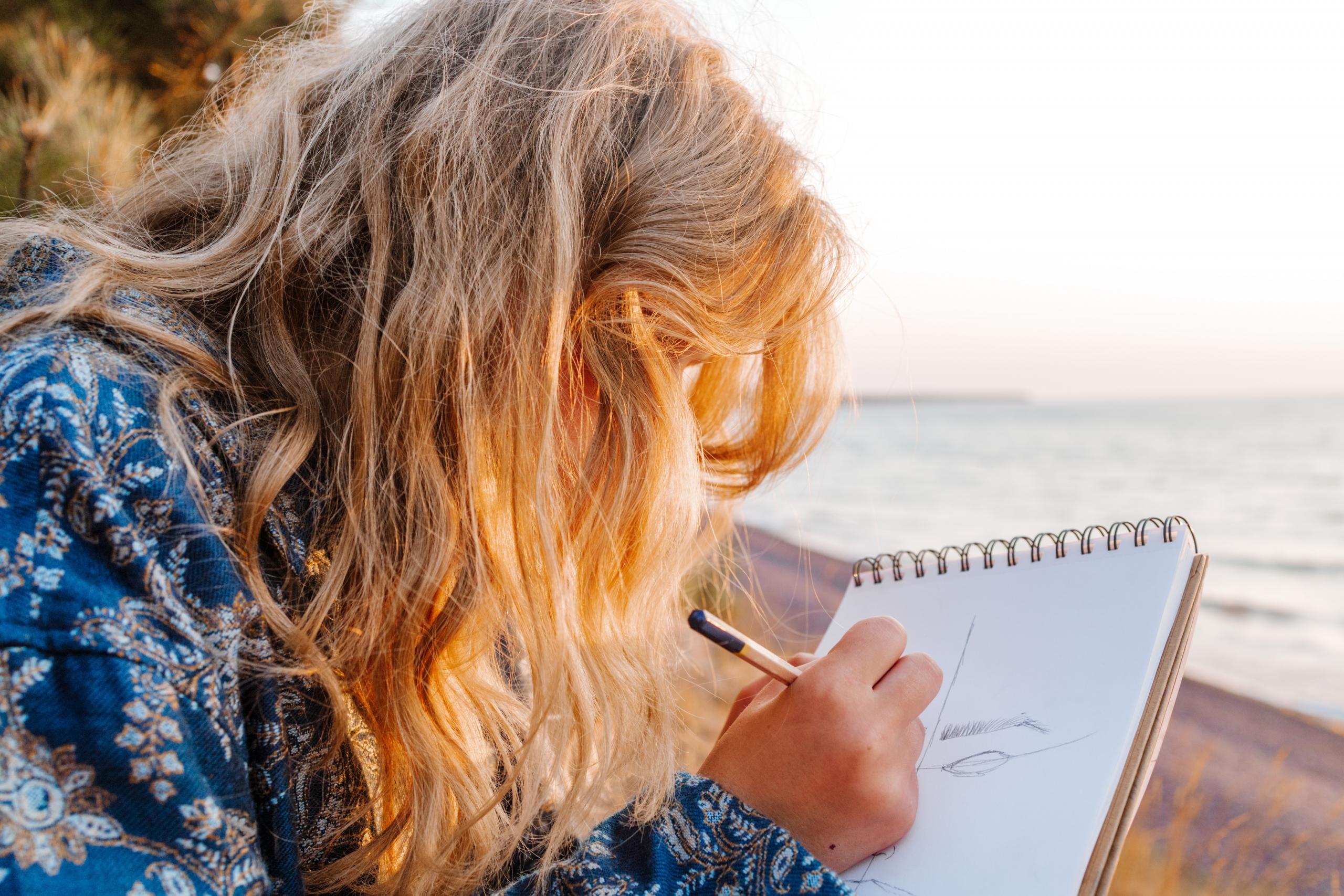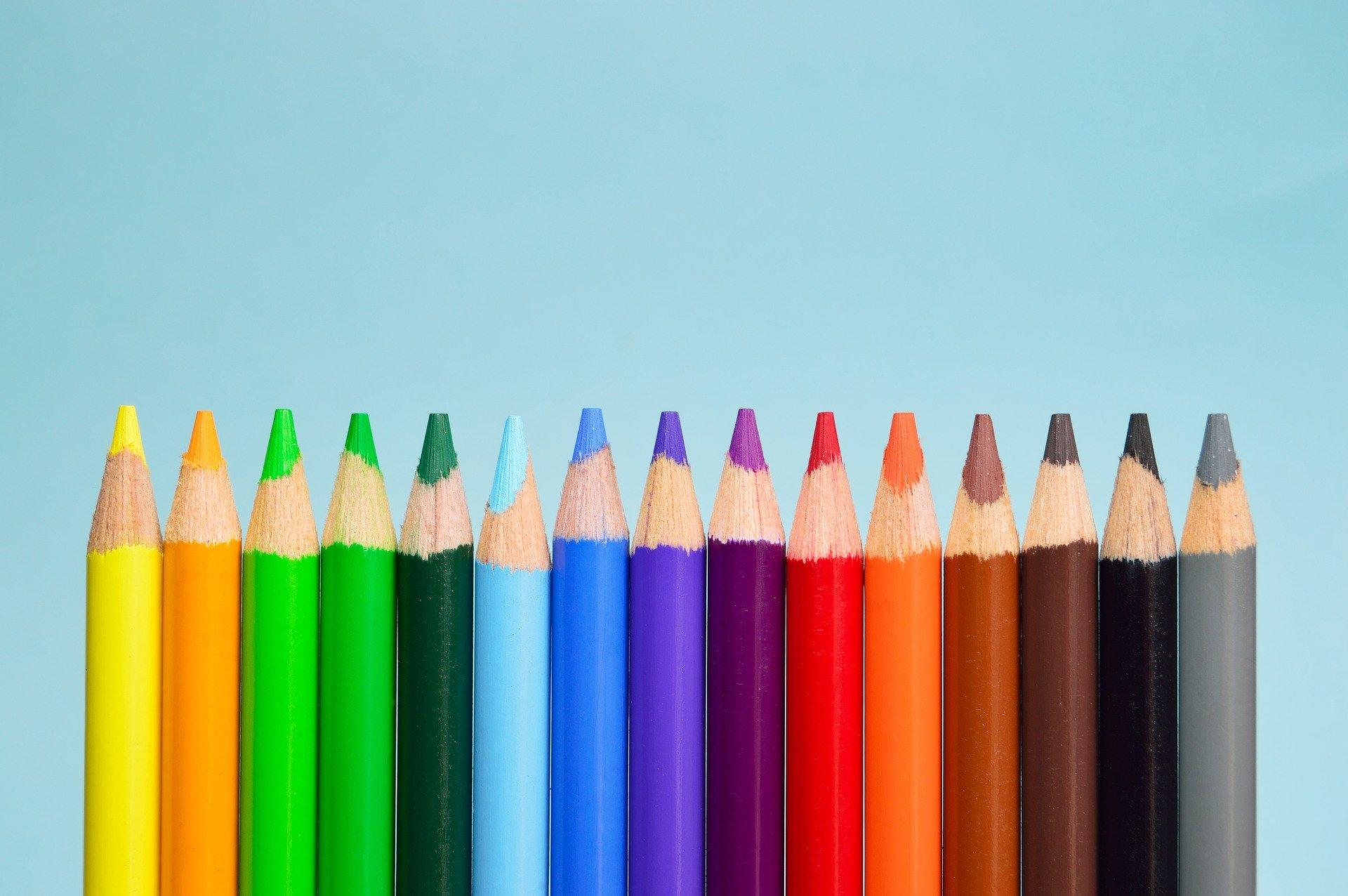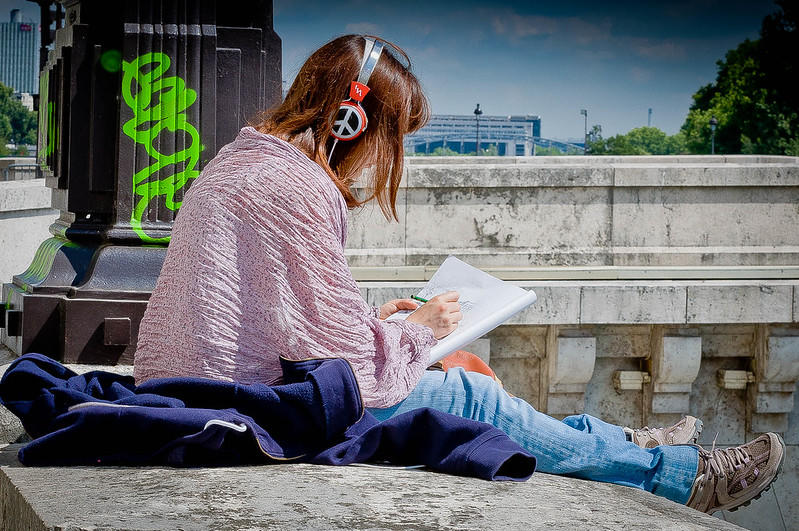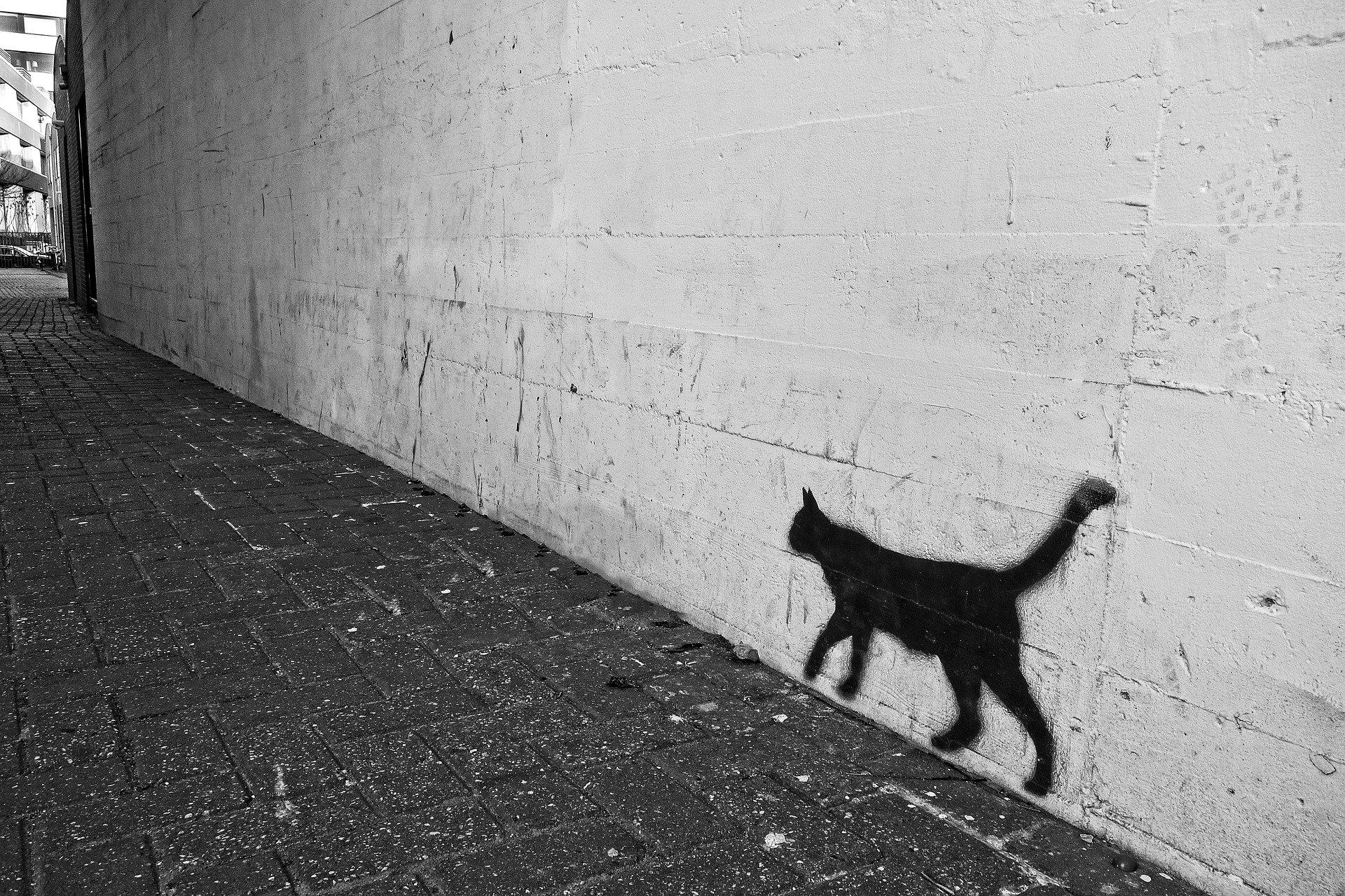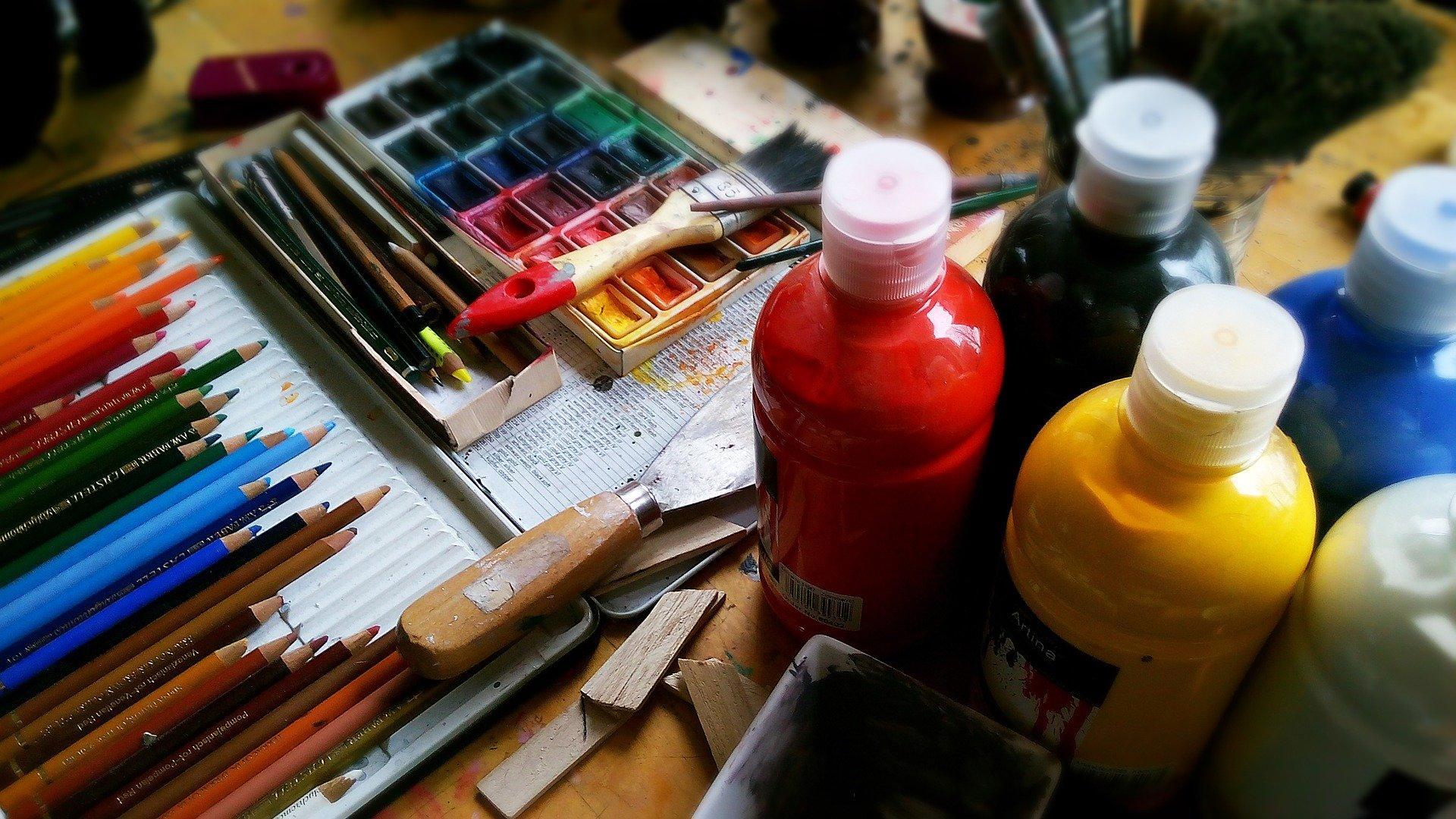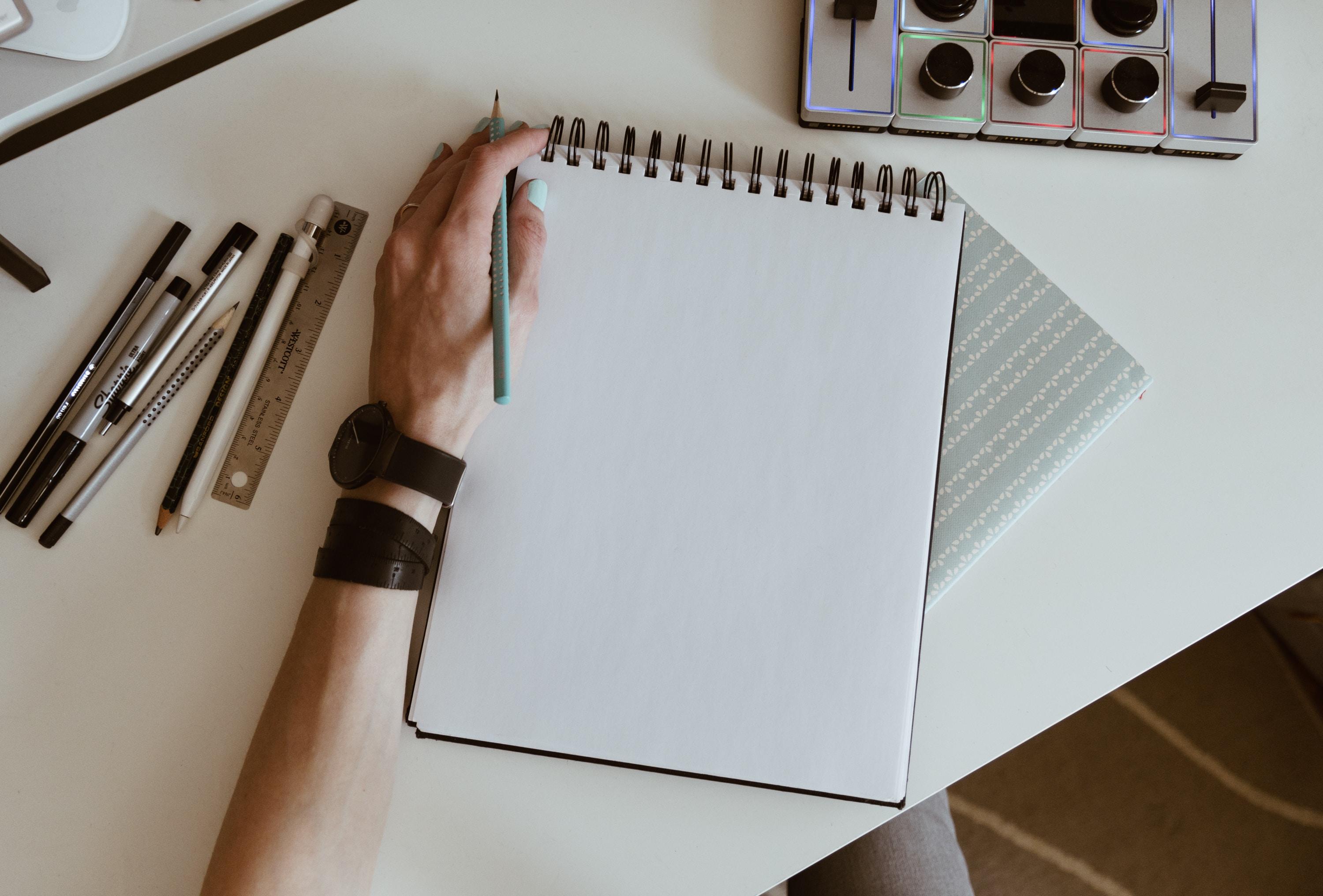The history of art spans hundreds of years. It encompasses a vast range of artistic expressions, from rudimentary cave paintings and sculptures of ancient civilisations to the masterpieces of recent centuries. By studying art history, we gain valuable insights into human history, as these artworks offer a window into the cultures, beliefs, and societies of their time. While written records provide information about recent years and centuries, the surviving artworks of great artists in the early parts of the art history timeline are relatively rare and hold immense historical significance.
If you are delving into the story of art, you can expect to explore various aspects of artistic evolution, cultural contexts, and artistic movements. Art History 101 is all about how art has evolved. From its early origin to the complex and diverse forms we witness today, the history of art studedelveselve into the techniques, styles, and influences of famous artists while aiming to understand the societal and historical backdrop that shaped their works. Through the study of art history, you will gain a deeper appreciation for the impact of art on human civilisation and its continuous evolution as a powerful means of expression and communication throughout the ages.

Why Study Art History?
What defines art, and why does it hold significance? Some individuals argue that art lacks importance, particularly in the context of contemporary works like street art, even dismissing them as inferior forms of art.
Art history is vital for comprehending our past.
In looking at the history of art timeline, you will notice that it provides essential insights into what mattered to societies in different eras. The subjects depicted in art and the styles that were used reveal a great deal about the time period. For instance, throughout history, many societies have portrayed animals that they adored and revered. As time progressed, more records of art emerged, offering better knowledge of the past. Unfortunately, some works were lost due to war, natural disasters, and other historical events.
The art timeline teaches us about how cultures approached religion, treated others, and perceived wealth and monarchs. The analysis of art history delves far beyond superficial observations and explores the profound impact of art in each era. The significance of art has evolved over hundreds of generations, shaping societies and reflecting their values.
Art history also examines the art itself, tracing the evolution of techniques and methods. It explores how one artist's work influenced another and delves into the different methods used by artists. You will notice how the role of art in society has undergone many transformations. The role of art in societies has transformed, from early cave paintings celebrating nature to creating records of revered figures and even being used for propaganda.
Art also raises significant questions about its nature and importance. While debates may persist, the study of art history is vital for understanding the past, the values of different societies, and the evolution of artistic techniques and roles within cultures.
The Art History Timeline in Brief
When strolling through an art gallery or exploring lists of influential artists, you might find placing their works on history’s art timeline challenging. While the exact durations of these periods are often subject to debate, creating a rough art timeline so to speak can aid in comprehending the evolution of various artistic movements.
What moves men of genius, or rather what inspires their work, is not new ideas, but their obsession with the idea that what has already been said is still not enough.
Eugene Delacroix
Some artworks are so ancient that it's difficult to fathom their age. The Bhimbetka Petroglyphs, for instance, are the oldest known prehistoric art and were discovered in two quartzite caves in India during the 1990s. These petroglyphs consist of chiselled and hammered depressions on the rock's surface, which date back to at least 290 000 BCE. With advances in dating methods, some researchers suggest that the art could be as old as 700 000 BCE.
The table below outlines some art movements on the art history timeline, but it does not account for prehistoric art or anything before the year 1000 AD. You will notice that as we venture further back in time, defining specific artistic "movements" in the story of art becomes increasingly challenging.
| Art Period | Years |
|---|---|
| Romanesque Period | 1000 – 1150 |
| Gothic Period | 1140 – 1600 |
| The Renaissance | 1400 – 1600 |
| Mannerism | 1520 – 1600 |
| The Baroque Era | 1600 – 1750 |
| Rococo | 1720 – 1780 |
| Neoclassicism | 1760 – 1830 |
| Romanticism | 1800 – 1850 |
| Realism | 1840 – 1880 |
| Impressionism | Core period: 1860 – 1890 |
| Naturalism | 1865 - 1900 |
| The Post-Impressionism Era | 1885 – 1910 |
| Symbolism | 1880 – 1910 |
| Expressionism | 1905 – 1939 |
| Art Nouveau | 1895 – 1915 |
| Cubism | Core period: 1907 – 1919 |
| Futurism | 1909 – 1918 |
| Dadaism | 1916 – 1924 |
| New Objectivity | 1918 – 1933 |
| Art Deco | 1920 – 1935 |
| Bauhaus | 1920 – 1930 |
| Surrealism | 1924 – 1966 |
| Abstract Expressionism | 1945 – 1960 |
| Pop-Art | 1956 – 1969 |
| Minimalism | 1960 – 1980 |
| Photorealism | 1968 – present |
| Contemporary Art | 1970 – present |

What to Expect When Studying Art History
Given the undeniable significance of art history, it comes as no surprise that numerous universities offer degrees or incorporaincorporate themof their programmes. Embarking on a journey of studying the story of art means dedicating substantial time to refining both your visual and critical thinking skills, which can be immensely beneficial in various aspects of life.
Throughout the course, you will gain extensive knowledge of art, artistic styles, and the various movements that have shaped the artistic landscape. Immersed in this field of study, you will have the opportunity to visit art galleries and analyse a diverse range of artworks, including well-known masterpieces and pieces by lesser-known artists.
It's important to note that studying art history does not require creating art yourself. This aspect proves advantageous for many beginners or those exploring painting and drawing since expertise as an artist is not a prerequisite for becoming an art historian. The focus lies in understanding and interpreting the rich tapestry of artistic expressions throughout history.
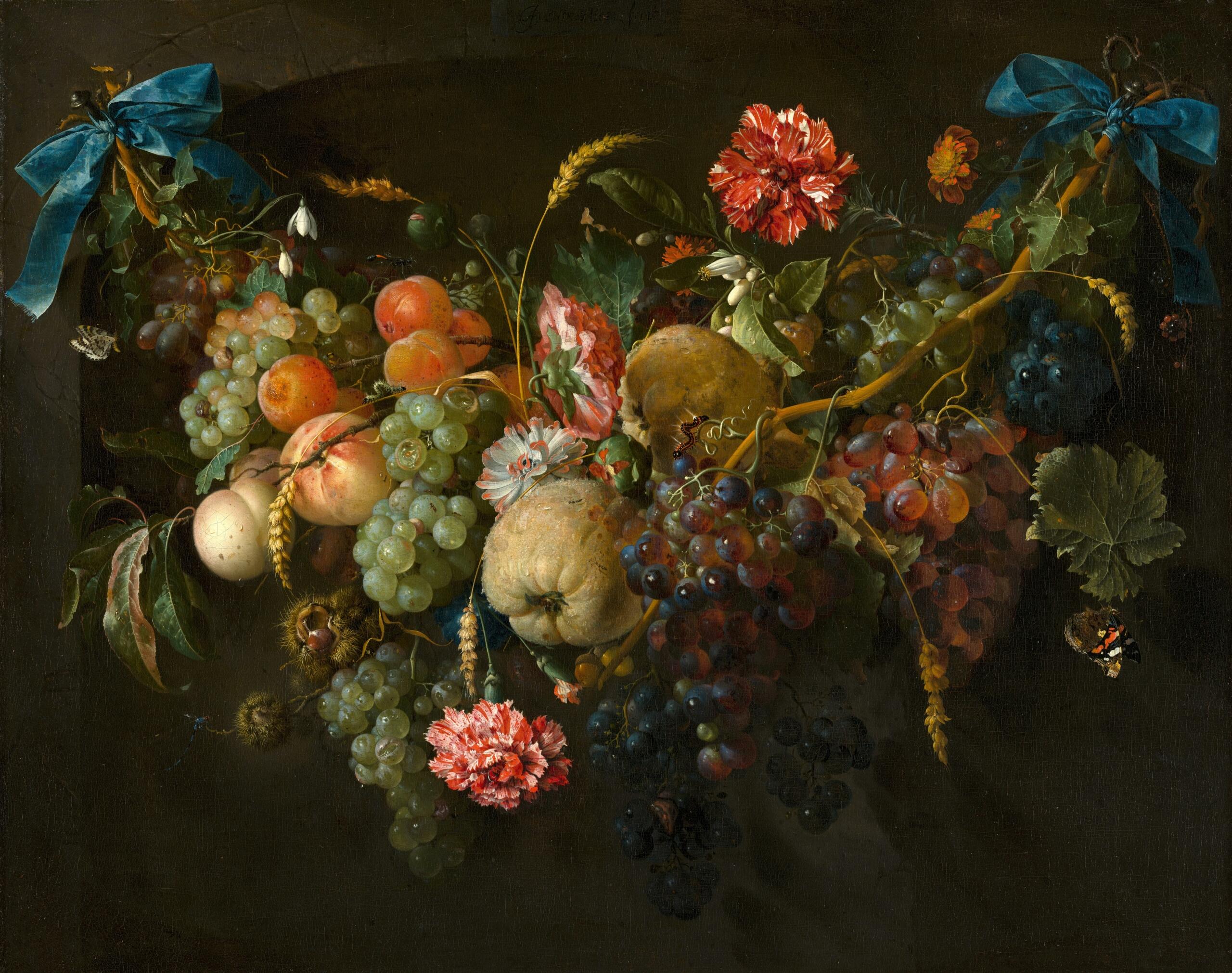
Skills and Methodology for Studying the Art History Timeline
Whether you are delving into art history or pursuing a career as an art historian, a diverse array of skills and methodologies are necessary. The discipline incorporates theories from influential thinkers like Marx and Freud and intersects with fields such as psychology and history.
Art historians must meticulously consider the historical context of the time when analysing artworks. Their methodologies involve scrutinising art forms, their composition, dimensions (2D or 3D), and of course, their intended representation. Abstract art poses its own challenges, as it often conveys impressions rather than strict accuracy. Such works may reflect the artist's emotions and convey a specific message.
In the case of historical art, one crucial skill is the contextualisation and transformation of art into a piece of history that aligns with the era in which it was created. Understanding the techniques used by artists to achieve this is also an integral part of this expertise.
Essential skills used in art history:
Critical Thinking
Analytical Abilities
Creativity
Many people who are passionate about creating art are drawn to this discipline so that they can gain insight into the techniques of the master artists and the methods they employed.
In essence, art history encompasses a rich tapestry of skills and methodologies, involving contextual analysis, appreciation of different art forms, and a deep understanding of the creative processes used by artists throughout history.
Famous Historians Along the Art Timeline
Several distinguished art historians have played pivotal roles in advancing our understanding of art. Among them are:
As an Italian painter and writer, Vasari is recognised as one of the earliest art historians. His renowned work, "The Lives of the Most Excellent Painters, Sculptors, and Architects," offers a comprehensive biographical account of Italian Renaissance artists, providing invaluable insights into their lives and artistic achievements.
An American art historian, Nochlin is celebrated for her feminist perspective on art history. Her influential essay, "Why Have There Been No Great Women Artists?" bravely challenged conventional narratives and spotlighted the societal and institutional barriers that obstructed the recognition and success of women in the art world.
This British art historian and critic has left a significant impact on the field of art history. His writings delve into British artists and explore the intricate social and political dimensions of art. Clark's notable works, include "Te Painting of Modern Life" and "Farewell to an Idea," both of which are widely esteemed for their insightful analysis and innovative interpretations of diverse artworks. Furthermore, Clark has contributed to the academic sphere as a lecturer at Harvard University.
The Importance of the Art History Timeline
Art constitutes an integral part of culture and stands as one of the most significant facets of human civilisation. Its existence predates various other forms of expression, such as photography, music, and literature, making it a distinctive witness to history's unfolding. Through surviving art pieces, we gain a unique window to analyse and comprehend the events and developments that have shaped our past.
The story of art proves to be a captivating field of study that encompasses elements of historical research. However, it equally demands extensive analysis, critical thinking, and, arguably, a touch of creativity in one's own thought processes.
As we explore the artistic journey of humanity, we unravel the stories, emotions, and societal dynamics that have woven together the rich tapestry of human experience throughout time.

